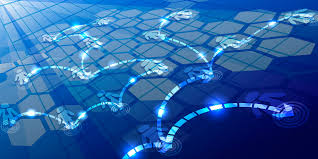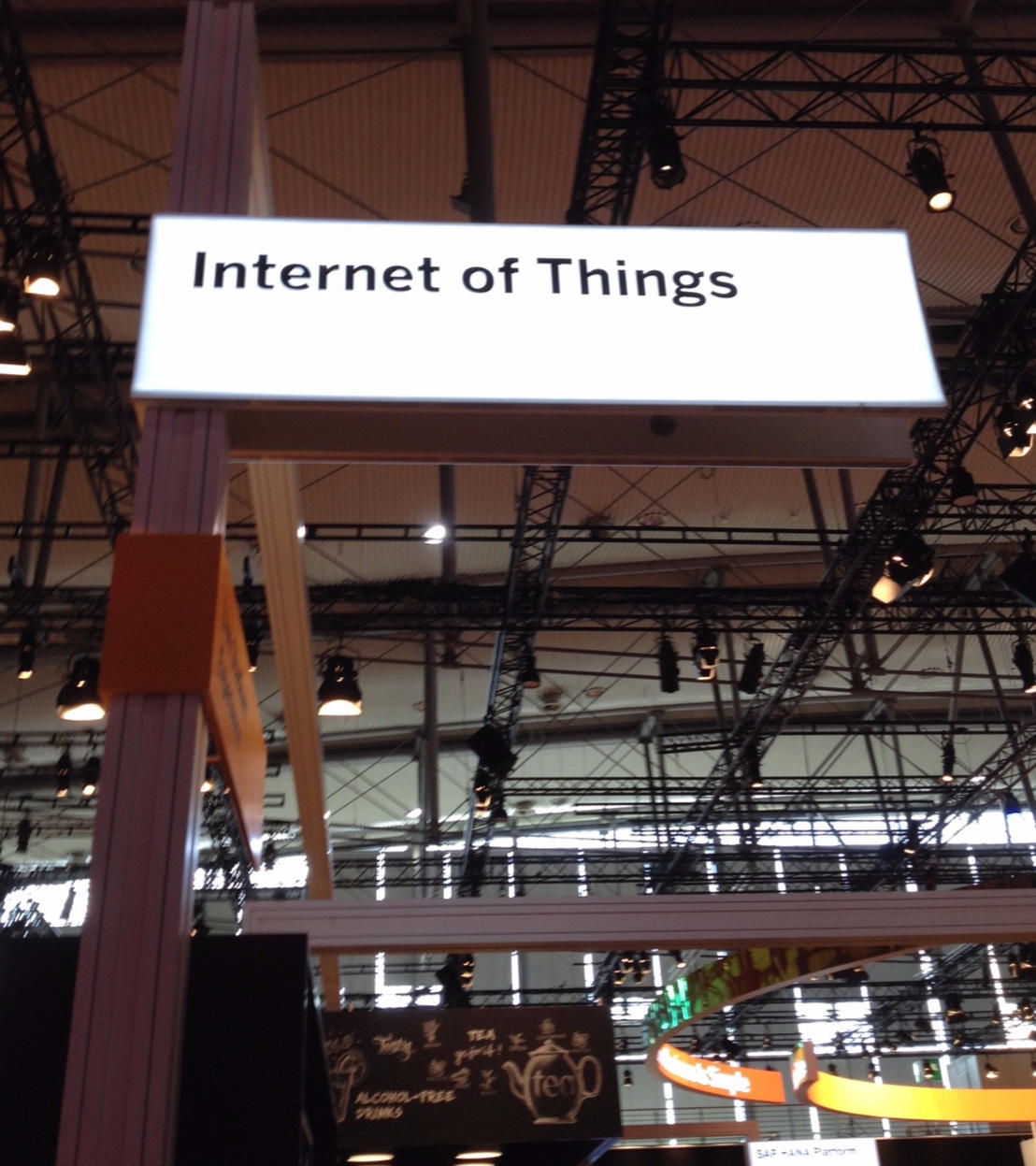Source: techstory.in
There has been a lot of talk in recent years about the Internet of Things (IoT). The IoT encompasses the literal billions of physical devices in use throughout the world that connect to the Internet. Some of these devices are tiny, while others are huge, but they all have the capability to collect and share data in real-time.
How It Works
Almost any physical object can act as an IoT device. All product designers need to do is create a device that collects or communicates information, then use services like those available at particle.io to connect it to the Internet. This allows the device to be controlled from anywhere by smartphone app or by computer.
Common Examples of IoT Devices
IoT devices are very diverse. They can be children’s toys or driverless trucks, and some larger objects are actually filled with smaller IoT components, such as an engine outfitted with many tiny sensors outfitted to transmit data back to an operating hub. Some of the most common examples of IoT devices include:
- Smart home technologies
- Wearable devices
- Connected cars
- Security systems
- And even smart cities
As a general rule, the term IoT is usually reserved for those devices that would not have been expected to feature Internet connectivity until recently. That means things like desktop and laptop computers, smartphones, and tablets are not a part of the Internet of Things.
The Role of Artificial Intelligence (AI)
AI plays an important role in the emerging IoT. It can be used to interpret the data collected and transmitted by devices used in the physical world. Industries as diverse as agriculture and healthcare use AI to analyze data collected from Internet-connected sensors, objects, and devices.
The benefit of using AI to monitor and control certain elements of the IoT is that computers equipped with artificial intelligence can process information much faster than humans. Machine learning allows AI programs to automatically identify patterns, detect anomalies, and process data sets that would otherwise be far too large to understand. Humans can then use these AI-generated analyses to make more accurate assessments and predictions about their world.
Common Applications
This article has already discussed a few of the most common examples of IoT devices. Now, let’s take a look at their practical applications. Here are just a few of the ways that the IoT is changing daily life for consumers and businesses, alike:
- Home security cameras can now record and detect environmental changes, then alert homeowners via their smartphones.
- Elevator monitoring systems can track proper functioning and send the data to engineers so they can perform scheduled preventative maintenance before the elevators fail.
- Drivers can set their GPS systems to direct them to vacant parking spots in smart cities.
- Healthcare professionals can monitor multiple patients’ conditions remotely from one convenient location.
- Weather experts can now listen for earthquakes using IoT sensors and use associated AI programs to accurately determine risk.
- Farmers can use sensors to acquire data about soil and weather conditions and program their irrigation equipment to compensate for potential problems, increasing their yields.
These are just a few examples of how the IoT is changing the world. Consumers, commercial business owners, industrial manufacturers, and even farmers are now embracing the IoT and all it has to offer.
Benefits of Sharing Data between Connected Devices
One of the best things about the current and expected future proliferation of IoT tech is that it allows for increased data sharing between an ever-growing numbers of devices. This provides opportunities to increase the operational efficiency of businesses, get a better scientific understanding of physical and sociological conditions, and provide more contextualized and responsive interactions with connected devices. Everyone benefits from increased data connectivity, from academics to business owners to end-users.
The Future of the IoT
No one can predict the future. Not even AI algorithms. That being said, it appears as though the Internet of Things is not just here to stay, but is slated to become a normal way of life for future generations.
As the IoT continues to progress and proliferate, it will become less visible. Consumers and business owners will come to accept it as a normal facet of life. There won’t be as much hype surrounding new smart home technologies or industrial data analytics programs. Instead, the IoT will become like the Internet is now: incredibly impressive, but taken for granted by most people.
Overcoming Challenges
The greatest challenge to be overcome before the IoT can really take off and appreciate broader acceptance is that it currently poses certain security issues. With more than 7 billion IoT devices already out there, not all manufacturers are on the same page about ensuring that their customers’ data will be protected. Governments across the world are already stepping up by creating new legislation to address these problems, but more will need to be done for the IoT to grow into its full potential.
The problem is, everything that is connected to the Internet can theoretically be hacked. Opponents of technological progress have also expressed concerns about privacy. If the entire world becomes connected, they say, it could threaten the privacy of all its inhabitants, creating a world where constant surveillance becomes the norm.
The solution to these problems is reliable standardization. Current IoT device manufacturers can do their part by prioritizing device security and selecting secure all-in-one IoT platforms to provide connectivity. In the future, they should expect more intervention from government agencies and consumer protection groups. Designing devices that will hold up to scrutiny now is the best way to prepare.
The Bottom Line
Whether consumers like it or not, the IoT is here to stay. It is already ushering in a new way of life for consumers and business owners, alike, offering an unprecedented level of convenience to the former and giving the latter the data they need to produce better products and keep up with changing times. Those who don’t want to be left behind would do well to embrace the IoT in its infancy so they can be prepared for the next innovations to come.


